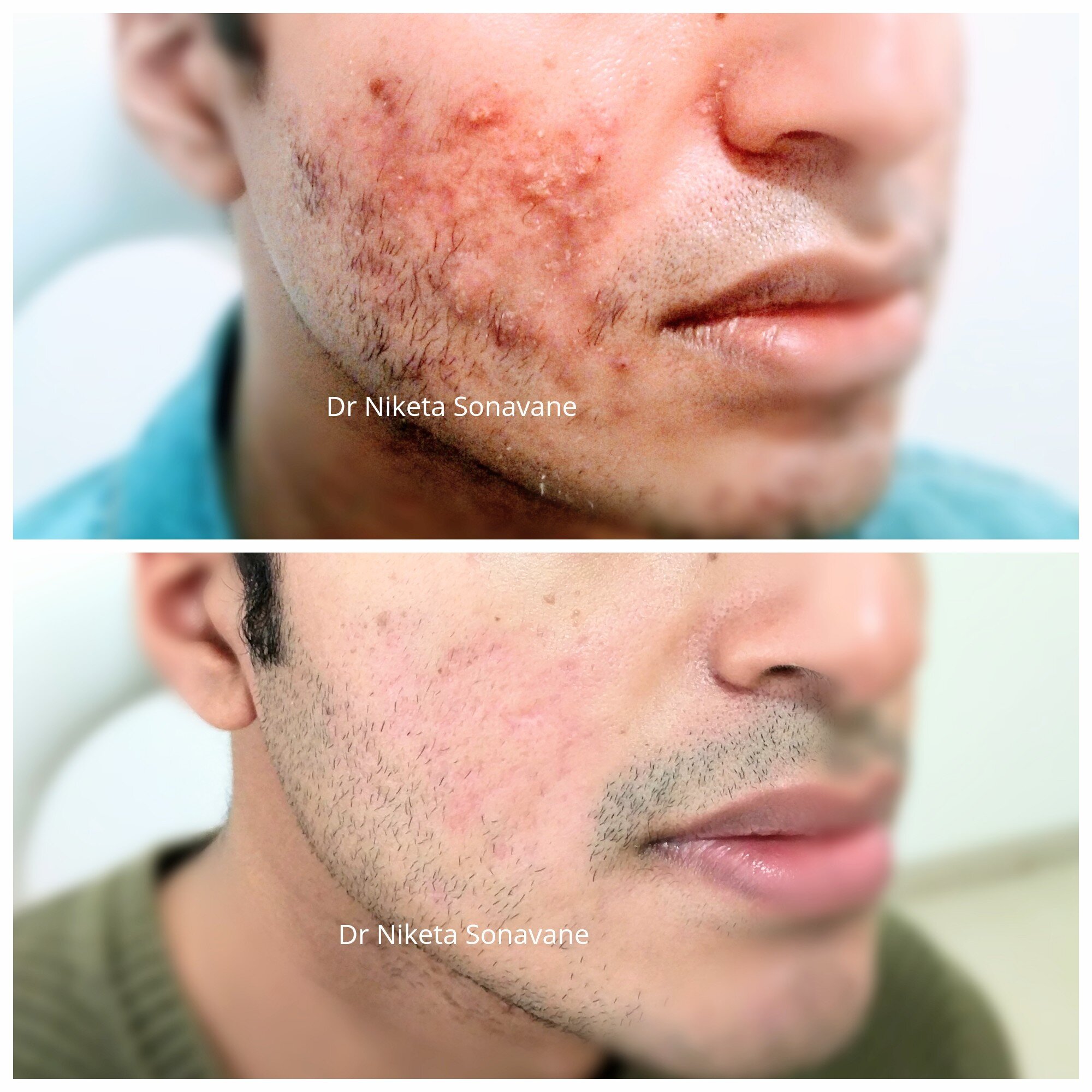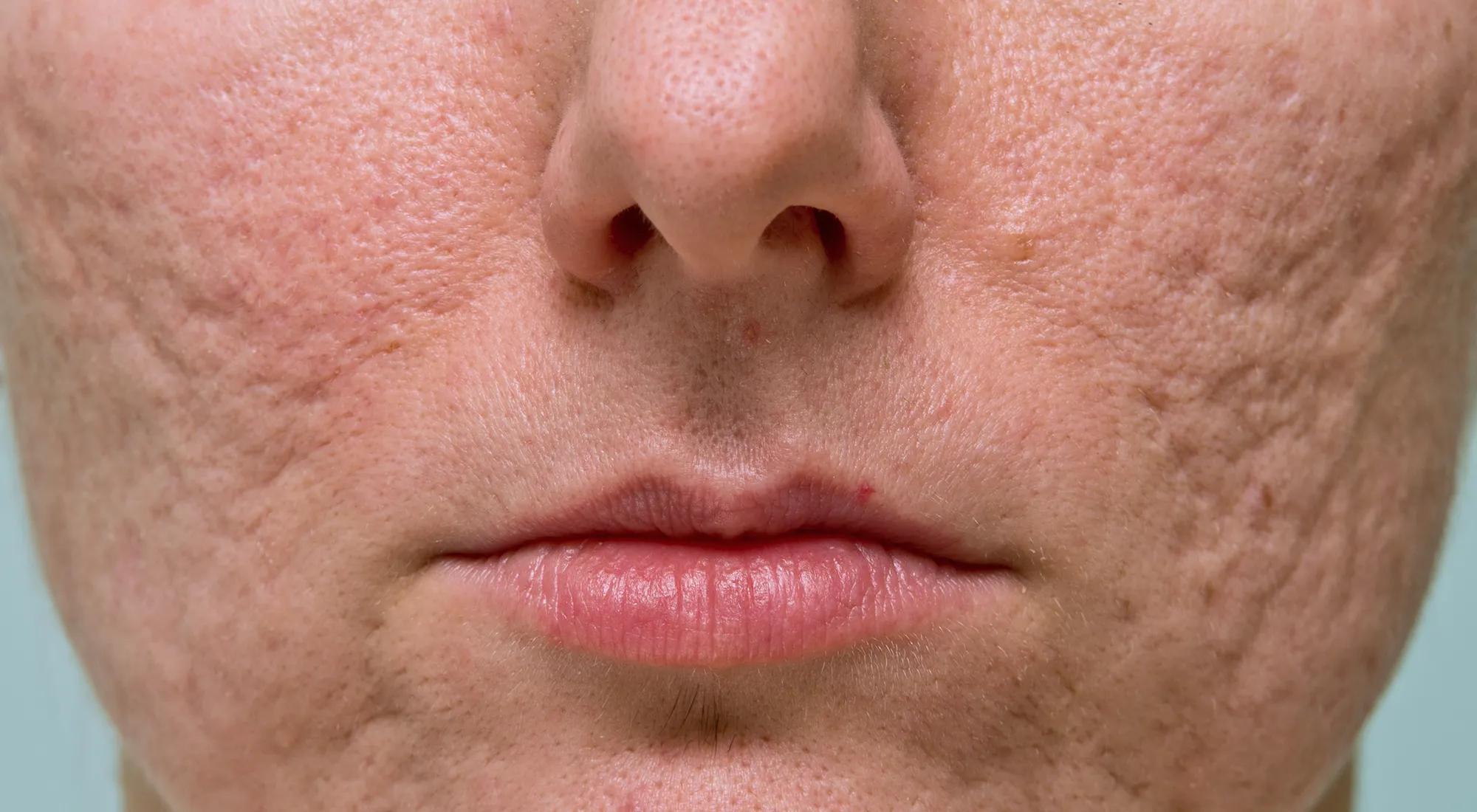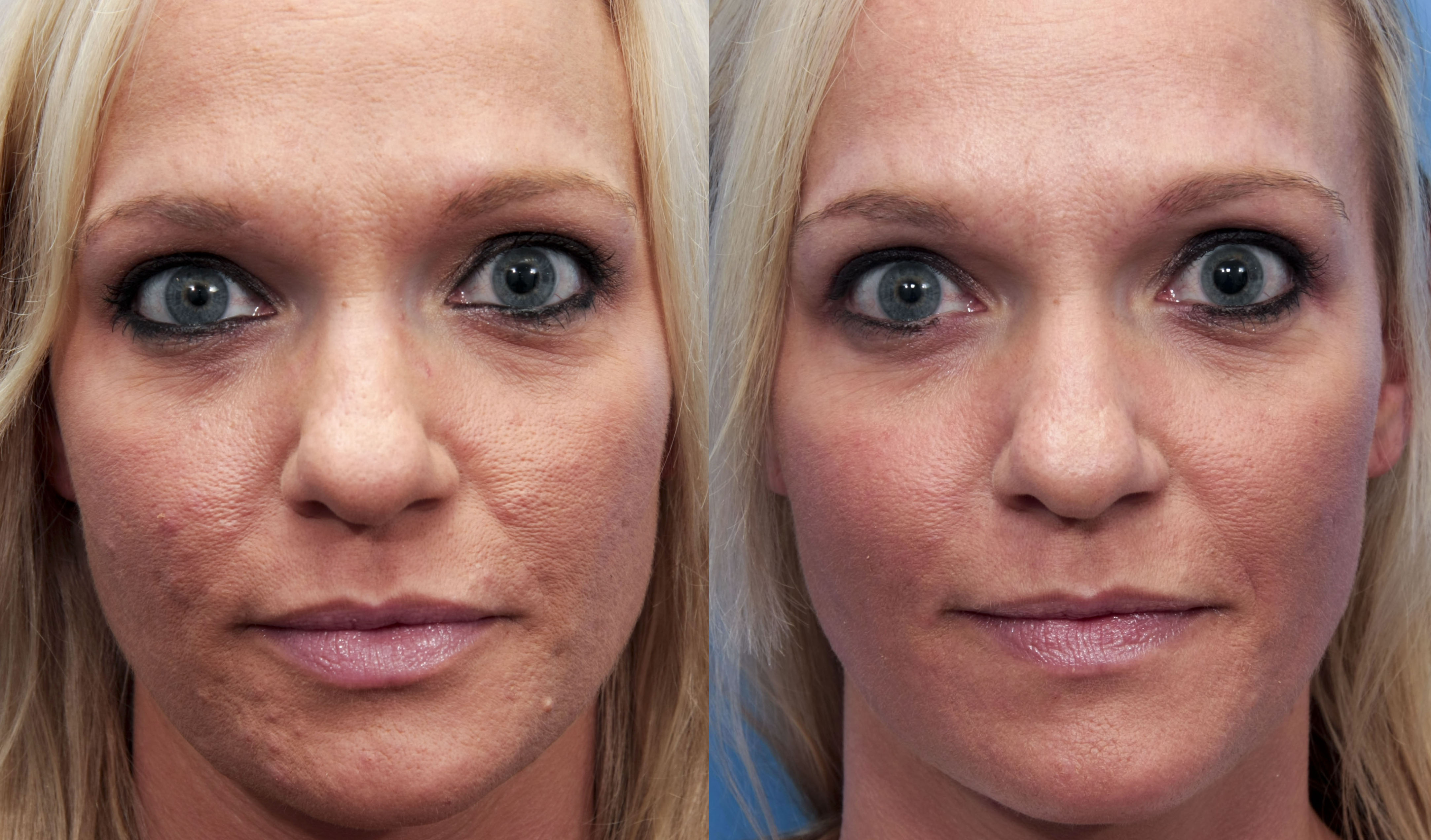Top Acne Treatment for Sensitive Skin: Mild Solutions for Clear Skin
Top Acne Treatment for Sensitive Skin: Mild Solutions for Clear Skin
Blog Article
Comprehending the Different Skin Disease and Effective Treatment Options for Acne Marks
Acne scars represent an intricate interplay of skin problems that significantly influence individuals' self-confidence and general skin wellness. Comprehending the distinct types of acne scars-- hypertrophic and atrophic-- together with their underlying causes, is essential for identifying efficient therapy methods. Different healing alternatives exist, ranging from innovative skin-related procedures to all-natural remedies. Nevertheless, the effectiveness of these treatments commonly depends upon tailored analyses by qualified experts. As we check out the landscape of acne scar management, it comes to be evident that the trip towards clearer skin may involve more than simply topical options.
Sorts Of Acne Marks

In comparison, hypertrophic scars arise from an overflow of collagen during the healing process, resulting in elevated areas on the skin. These marks are often solid and can differ in color, often showing up red or darker than the surrounding skin.
Recognizing these types of acne marks is critical for establishing an efficient treatment strategy - skin rejuvenation treatments. Options might include chemical peels, laser treatment, microneedling, or dermal fillers, tailored to the certain mark kind. An extensive assessment with a skin specialist can aid determine the most suitable treatment, considering the individual's skin kind, mark severity, and general skin health
Reasons For Acne Scarring
Scarring occurs as a result of the body's natural recovery feedback to inflammation and injury triggered by acne lesions. When acne types, it sets off an inflammatory feedback, resulting in the launch of numerous cytokines and growth elements that promote recovery. Nevertheless, this procedure can often lead to extreme tissue development or poor repair work, causing marks.
The key root causes of acne scarring include the seriousness of the acne itself, period of the lesions, and specific skin kinds. Severe inflammatory acne, such as blemishes and cysts, is extra most likely to lead to scarring because of much deeper tissue damages. Additionally, inappropriate handling of acne lesions, such as pressing or picking, can worsen cells injury and inflammation, increasing the probability of scarring.
Hereditary tendency likewise plays a significant duty; people with a family members history of scarring go to a greater threat. Skin type and shade can affect mark formation, as darker skin tones might experience post-inflammatory hyperpigmentation, while lighter skin may develop atrophic scars.
Eventually, recognizing these causes is essential in managing acne and reducing the capacity for scarring.

Treatment Choices for Scarring
Reliable therapy choices for acne scarring vary relying on the kind and intensity of the marks. Typically categorized into atrophic, hypertrophic, and keloid marks, these conditions need customized techniques for optimal outcomes.
For atrophic marks, which are identified by a loss of cells, treatments such as chemical peels, microdermabrasion, and laser therapy are typically used. These methods advertise skin revival and boost collagen manufacturing, thereby boosting skin appearance. Subcision, a minimally intrusive procedure, can additionally work by breaking up coarse bands under the skin.
Keloid and hypertrophic marks can be extra testing to deal with. Choices consist of corticosteroid shots to lower inflammation and flatten the scars. Sometimes, cryotherapy or laser treatment may be recommended to lessen their look.
Surgical choices are offered for serious scarring, where excision or skin grafting might be necessary. It's crucial for people to talk to a skin doctor to examine their details mark type and review one of the most suitable treatment strategy. Integrating numerous therapies typically produces the very best outcomes, guaranteeing that each individual's one-of-a-kind skin problem is attended to properly.
Natural Home Remedy and Natural Solutions
All-natural solutions and natural remedy can offer an accessible technique for people looking for to improve the appearance of acne marks (acne scars treatment). Various ingredients discovered in the home cooking area have actually shown potential benefits in boosting skin appearance and advertising recovery

One more effective option is lemon juice, which functions as an all-natural exfoliant and can lighten hyperpigmentation. It must be used carefully, as it may cause photosensitivity. Oat meal masks are also beneficial; their gentle peeling can help remove dead skin cells while relaxing irritation.
Essential oils, such as tea tree oil and lavender oil, can additionally sustain mark healing because of their antimicrobial residential or commercial properties. It is crucial to carry out a patch examination prior to applying any our website solution to make sure there are no damaging responses. These natural solutions can be a corresponding strategy in the trip to reduce acne scars.
Avoiding Future Scarring
Embracing a proactive approach to skincare can significantly lower the danger of establishing future acne scars. One of the essential strategies is to manage acne efficiently as it occurs. This entails making use of non-comedogenic skincare products and medications recommended by skin specialists that target acne without irritating the skin. Routine cleaning, exfoliation, and hydration can assist keep skin health and avoid clogged up pores.
Furthermore, preventing the temptation to squeeze or select acne lesions is important, as this can result in inflammation and subsequent scarring. Instead, people ought to concentrate on applying topical therapies that promote recovery and reduce swelling. Active ingredients such as salicylic acid, benzoyl peroxide, and retinoids are recognized for their our website efficiency in handling acne and minimizing marks.
Sun security is another vital part; direct exposure to UV rays can hinder and darken marks healing. For that reason, making use of a broad-spectrum sun block daily can alleviate these results - acne and acne scars treatment.
Last but not least, maintaining a healthy diet plan rich in anti-oxidants and staying hydrated supports skin regeneration. By carrying out these preventative procedures, individuals can considerably lower their danger of future scarring and advertise general skin wellness.
Conclusion
To conclude, an extensive understanding of acne scars, encompassing both hypertrophic and atrophic types, is important for efficient treatment strategies. Customized treatments, consisting of specialist therapies and natural remedy, can significantly improve skin appearance and texture. Safety nets additionally play a crucial duty in reducing future scarring. Assessment with a dermatologist continues to be crucial to devise individualized techniques that take into consideration specific skin kinds and mark extent, eventually enhancing More hints the effectiveness of mark management methods.
Acne marks stand for a complex interplay of skin problems that substantially effect individuals' self-confidence and overall skin health and wellness. The two key groups of acne scars are atrophic and hypertrophic scars. These marks are additional classified right into 3 subtypes: ice pick scars, which are slim and deep; boxcar scars, which are bigger and have distinct sides; and rolling scars, which produce a wave-like look due to irregular skin texture.
A detailed examination with a skin doctor can aid determine the most ideal treatment, taking into account the person's skin type, scar extent, and total skin health and wellness.
Consultation with a dermatologist continues to be crucial to create tailored methods that take into consideration specific skin kinds and mark extent, eventually boosting the efficiency of scar management methods.
Report this page